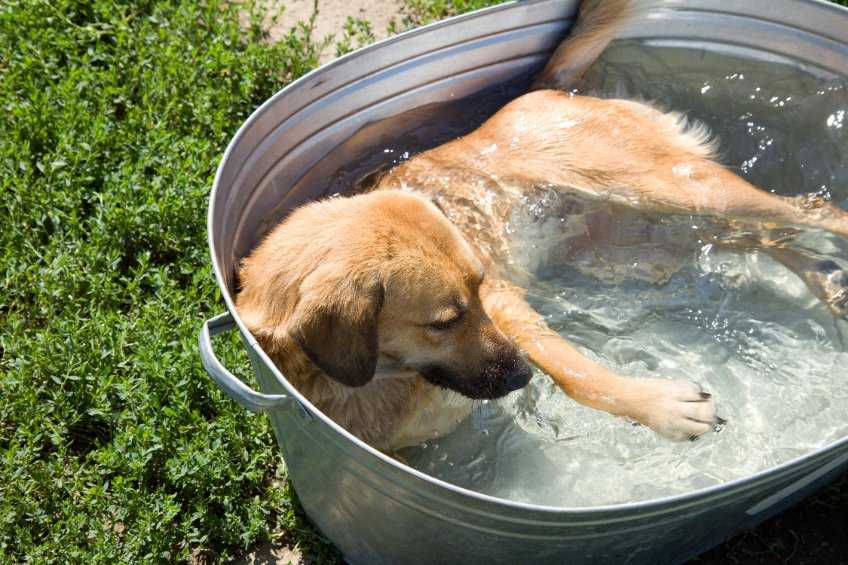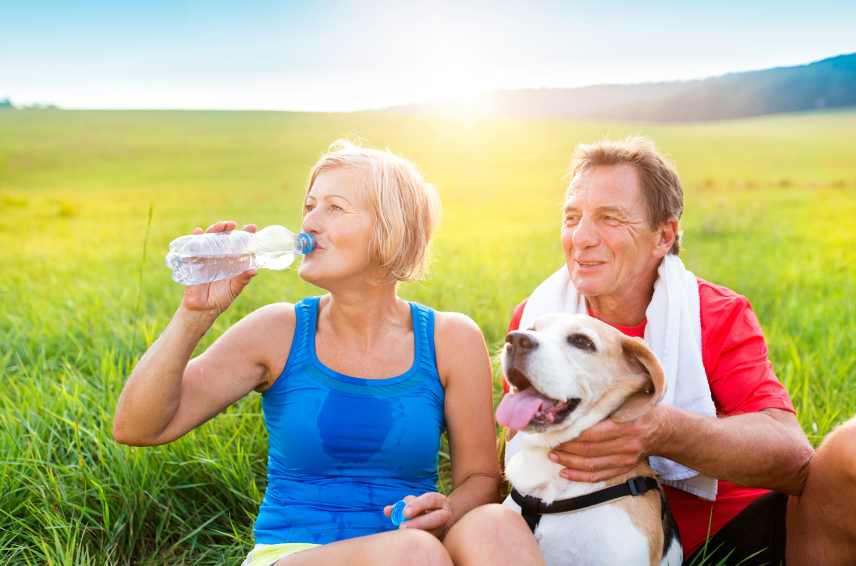Dogs experience heat and manage their body temperature differently than humans, primarily due to physiological distinctions in their sweat glands and other cooling mechanisms. Understanding these differences is crucial for pet owners to ensure their furry companions remain healthy and comfortable, especially during warmer climates.
Understanding Canine Sweat Glands and Their Function
Unlike humans, who have numerous sweat glands across their skin, dogs possess a limited number of sweat glands primarily located in their paw pads. This section explores the differences in sweat gland distribution and functionality between humans and canines:
- Sweat Gland Distribution: Human skin contains sweat glands almost everywhere, which helps in effective cooling through evaporation. In contrast, dogs’ sweat glands are confined to their paw pads and, to a lesser extent, their noses.
- Functionality and Efficiency: The sweat glands in dogs’ paw pads are less efficient in cooling their bodies than human sweat glands. Consequently, dogs rely more on other mechanisms to regulate their body temperature.
Evolutionary Adaptations in Dogs for Thermoregulation
Dogs have developed unique evolutionary adaptations to cope with heat, which are primarily behavioral and physiological:
- Panting: The most noticeable thermoregulatory behavior in dogs is panting, which allows them to expel heat by evaporating moisture from their tongues and upper respiratory tract.
- Vasodilation: Dogs can also widen (dilate) blood vessels in their face and ears, a process called vasodilation, which increases blood flow to the skin’s surface, helping to dissipate heat.
Role of Paw Pads in Canine Cooling
While not primarily designed for sweating, paw pads play a significant role in how dogs handle excess body heat:
- Structure and Function: Paw pads are tough yet sensitive, and the minimal sweat produced helps to maintain moisture and flexibility.
- Contact Cooling: When dogs walk on cooler surfaces, their paw pads absorb some of the coolness, which can slightly aid in reducing their overall body temperature.
Alternative Cooling Methods Used by Dogs
In addition to panting and minimal sweating through paw pads, dogs utilize several other methods to keep cool:
- Behavioral Adjustments: Seeking shade, lying on cool surfaces, and reducing activity levels during hot parts of the day are common behaviors dogs exhibit to manage their temperature.
- Hydration: Increased water intake is crucial during hot weather as it aids in thermoregulation through panting and maintaining healthy bodily functions.
Practical Tips for Pet Owners
To assist pet owners in managing their dogs’ cooling needs, especially during hot weather, consider the following tips:
- Regular Hydration: Ensure your dog has constant access to fresh water. Carrying a portable water dish during walks is advisable.
- Appropriate Exercise: Adjust the timing of walks and outdoor activities to cooler parts of the day, typically early morning or late evening.
- Monitor Surface Temperatures: Be mindful of the temperature of surfaces, like asphalt, which can burn dogs’ paw pads.
- Use Cooling Accessories: Consider using dog-specific cooling products such as vests, mats, and bandanas designed to help keep body temperature in check.
By understanding the science behind canine perspiration and implementing effective heat management strategies, pet owners can significantly enhance the well-being and comfort of their dogs. This comprehensive approach not only helps in preventing heat-related health issues but also ensures that dogs can enjoy outdoor activities safely throughout the summer months.
Heatstroke in Dogs – What You Need to Know

Heatstroke is a serious condition that can cause severe health issues for your dog if undetected and left untreated.
If your dog is left outside without shelter from the sun and access to fresh cool water, you are increasing the risk that your dog will experience heatstroke.
Continue reading: Heatstroke in Dogs – What You Need to Know
Do Dogs Sweat? Understanding Canine Perspiration

while dogs do sweat, it’s not their primary method of cooling like it is for humans. It is essential for pet owners to understand how dogs regulate their body temperature to ensure their furry companions stay healthy and comfortable, especially during hot weather.
By recognizing the unique mechanisms of canine perspiration and implementing appropriate measures, pet owners can help their dogs stay cool and happy year-round.
Continue reading: Do Dogs Sweat? Understanding Canine Perspiration

